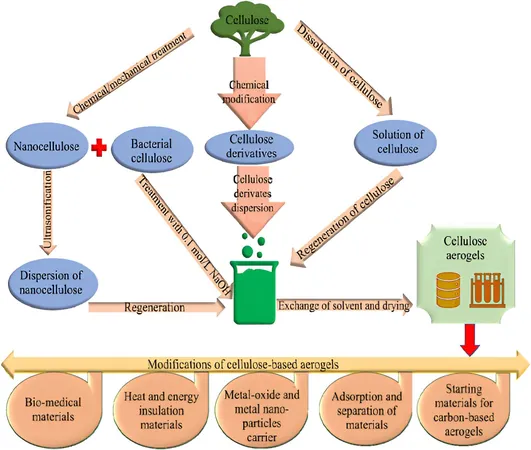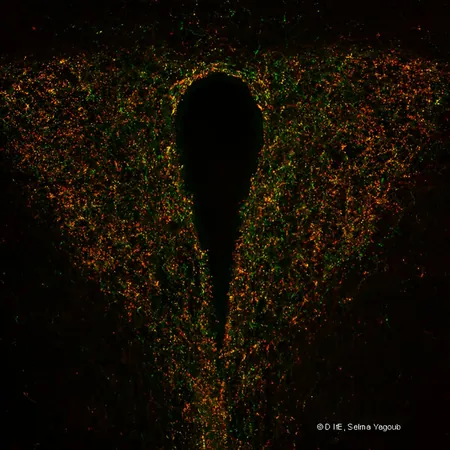
Unveiling the Game-Changer in Water Cleanup: Cellulose Takes Center Stage!
2024-10-07
Author: Sarah
In an age where environmental crises loom larger than ever, the quest for sustainable solutions has reached critical importance. A groundbreaking review recently published in the Journal of Bioresources and Bioproducts shines a spotlight on one of the most promising materials in water remediation: cellulose. Led by experts Kirti Mishra and Samarjeet Singh Siwal, this research uncovers the transformative potential cellulose holds for sustainable waste management.
Cellulose, the most abundant natural polymer on the planet, is turning heads in the realm of wastewater treatment. Its benefits are hard to ignore. With renewability, low cost, biodegradability, and hydrophilicity on its side, cellulose is positioned as a frontrunner in the fight against water pollution. The review meticulously examines various cutting-edge technologies previously employed to eliminate harmful contaminants from water sources, including dyes, pesticides, pharmaceuticals, oils, heavy metals, and even radionuclides. Yet, many of these conventional methods are often burdened with high energy consumption, steep operational costs, and the troublesome byproduct of sludge laden with still more contaminants that require careful disposal.
Enter cellulose! The authors advocate for cellulose-based materials that promise to be a game-changing alternative. These innovative solutions not only offer lower capital and operational costs, but they are also significantly more eco-friendly in their application. Imagine utilizing cellulose to create valuable products such as hydrogels, aerogels, composites, and nanocellulose that can serve as effective agents in purifying wastewater without detrimental environmental side effects.
But that’s not all! The review also tackles the existing challenges in cellulose-based water treatment and its future prospects. With the world facing increasingly severe water pollution crises, the authors argue that ongoing research could be key to unlocking the full potential of cellulose materials as viable, sustainable alternatives to traditional remediation practices.
This comprehensive review serves as a critical roadmap for understanding the immense possibilities that cellulose-based materials present in wastewater treatment. It not only emphasizes the urgent need for sustainable practices in environmental management but also ignites hope for future breakthroughs that could forever change how we approach water purification.
Are we on the brink of a revolutionary change in environmental technology? The answers may lie in the humble structure of cellulose—nature’s gift that could help us clean our planet, one drop at a time!


 Brasil (PT)
Brasil (PT)
 Canada (EN)
Canada (EN)
 Chile (ES)
Chile (ES)
 España (ES)
España (ES)
 France (FR)
France (FR)
 Hong Kong (EN)
Hong Kong (EN)
 Italia (IT)
Italia (IT)
 日本 (JA)
日本 (JA)
 Magyarország (HU)
Magyarország (HU)
 Norge (NO)
Norge (NO)
 Polska (PL)
Polska (PL)
 Schweiz (DE)
Schweiz (DE)
 Singapore (EN)
Singapore (EN)
 Sverige (SV)
Sverige (SV)
 Suomi (FI)
Suomi (FI)
 Türkiye (TR)
Türkiye (TR)